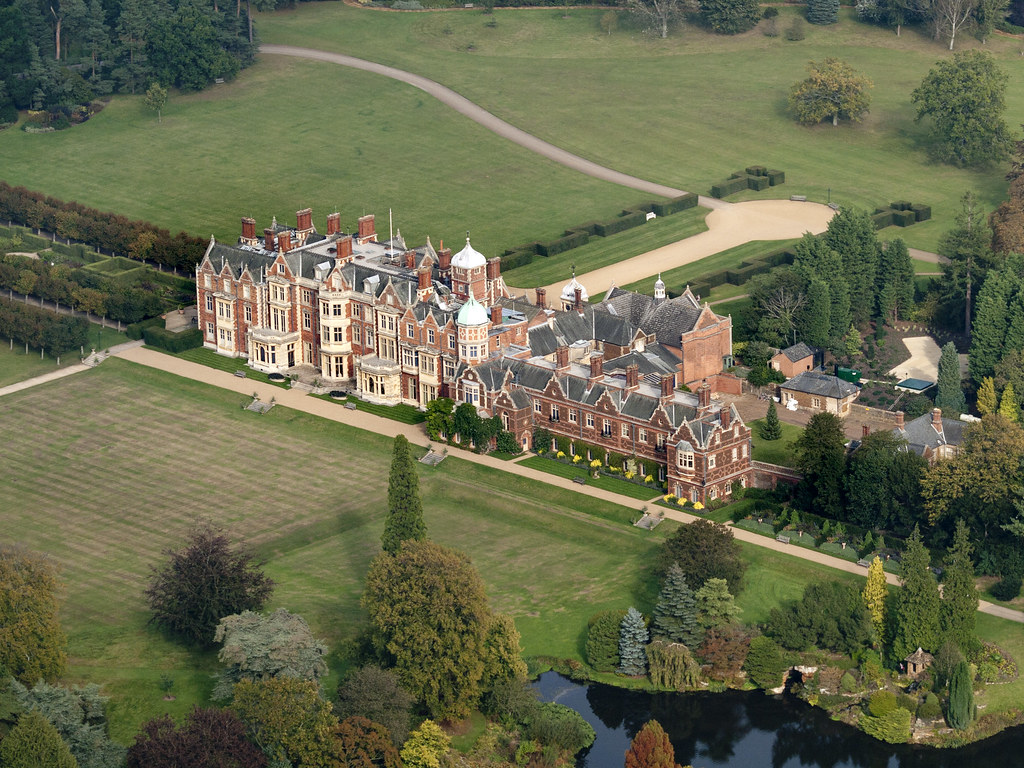This has been a big year for the UK’s solar and storage industry, with major developments in the sector for the most part positive. We take a look at this year’s top stories to see what most moved the industry.
Predicting a BESS boom
In February, Solar Power Portal covered a report from Aurora Energy Research which projected a sevenfold increase in large-scale battery energy storage system (BESS) capacity across Europe.
Citing the report in a news article, Bloomberg noted that the UK added more large-scale capacity in 2022 than any other nation and is predicted to quintuple its energy storage capacity by 2030.
To compare the predictions to reality, read the February article here.
Solar farms can be ‘havens for biodiversity’
An article that has been referred back to on several occasions on Solar Power Portal: In March, a survey supported by Solar Energy UK found that solar farms deliver significant biodiversity gains and have the potential to offer even more.
The study analysed a total of 87 solar sites in 2023 employing a standardised methodology, which Solar Energy UK helped develop alongside Lancaster University in 2022.
Their findings revealed that vulnerable and red-listed species, such as skylarks, are among the most common wildlife present on UK solar farms. Yellowhammers, linnets and starlings – all red-listed bird species – were also present at the observed solar sites.
On the ground, brown hares, a species under conservation concern, made up 40% of mammal observations across the 87 observed sites.
The full report is available here.
Oxford scientists reveal ‘breakthrough’ ultra-thin perovskite solar cell
On this end of the year, a scientific breakthrough at Oxford delivered a new thin-film perovskite material, which uses a multi-junction approach, that can be applied to “almost any building” and deliver over 27% conversion efficiency.
The technology brings a new level of innovation with its thinness. At just over one micron thick, it is nearly 150 times thinner than a silicon wafer. This technology can be used on almost any surface, unlike current photovoltaics, which are typically applied to silicon panels.
The full article can be found here.
DRD unveils early-stage plans for 750MW solar NSIP in Lincolnshire
In February this year, renewable energy developer Downing Renewable Developments (DRD) unveiled its plans for a 750MW solar development in Lincolnshire. The Meridian Solar Farm has not yet been put forward for a DCO—DRD completed the first phase of public consultations in June.
More details on the early plans for the solar power plant are here.
Three major NSIPs granted DCOs
A week after being elected into power, energy secretary for the new Labour government Ed Miliband granted development consent orders (DCOs) totalling over 1.3GW of renewable energy generation capacity.
DCOs were granted for Gate Burton, a 500MW solar and energy storage park pursued by Low Carbon in Lincolnshire; Mallard Pass, also based in Lincolnshire, being developed by Windel Energy and Canadian Solar and is expected to generate around 350MW of solar energy; and the 500MW solar-plus-storage Sunnica Energy Farm, is being pursued by Sunnica on the Suffolk-Cambridgeshire border.
Notably, Claire Coutinho, former secretary of state for the Conservative government, delayed the original DCO applications for both the Sunnica and Mallard Pass solar projects.
Read more about Miliband’s first planning approvals here.
Island Green Power reveals proposals for 500MW solar-plus-storage project
After a flying start, NSIPs continued seeing success over the summer. In September, having been granted a DCO for the UK’s biggest solar farm just the week before, Island Green Power unveiled plans for a utility-scale solar and battery energy storage system (BESS) project slated for development in Norfolk, with a potential generation capacity of 500MW.
Island Green Power expects the planning and approval process to take two to three years and plans to submit the DCO application to DESNZ in late 2025.
More information on Island Green’s project can be found here.
Ministerial statement: solar panels must not be built on good farmland
Back on the legacy left by Claire Coutinho: In May, the then-secretary of state for energy security and net zero laid a ministerial statement before parliament urging councils not to approve planning permission for solar farms on high-quality farmland.
Ed Miliband, newly-appointed Secretary of State for the Department of Energy Security and Net Zero (DESNZ), slammed the idea that solar farms are a threat to food security in the Commons on 18 July, citing estimates that ground-mounted solar took up 0.1% of UK land in 2022. He said that from then onwards, the government will proceed “not on the basis of myth and false information, but on evidence”.
More on Coutinho’s comments and the aftermath is here.
King Charles submits plans for solar farm at Sandringham Estate
In April, Sandringham House, owned by King Charles, lodged plans to develop a solar and battery storage facility for use on the Estate.

The application, submitted to the Borough Council of King’s Lynn & West Norfolk, would see around 2,000 panels installed on land currently used as horse grazing paddocks. The cumulative generation capacity would be 2.1MW.
The site is located on land within the Sandringham Estate and positioned approximately 845m to the east of the small village of Sandringham. The larger village of Dersingham lies approximately 920m to the northwest.
Read about the King’s solar project here.
Cardiff City Council unanimously approves 1GW BESS
Rounding off with some big storage news, in October, a 1GW BESS to be constructed alongside a data centre in Splott, Cardiff, was unanimously approved by the city council—the largest BESS in the UK to secure planning permission so far.
The project, which had been recommended for approval, will comprise 828 high-efficiency containerised battery storage units with a substation central to the park. The facility will incorporate tree planting and lower screen planting.
More on the project can be read here.

